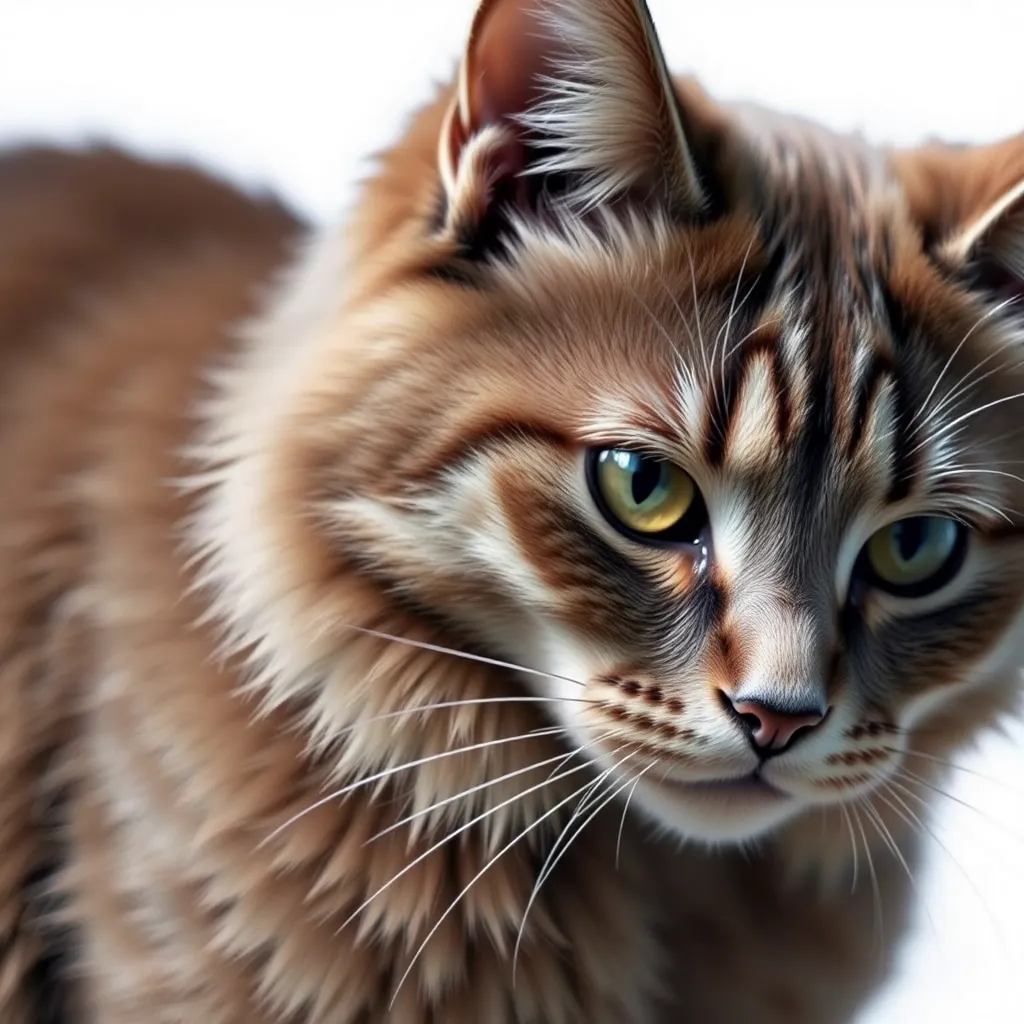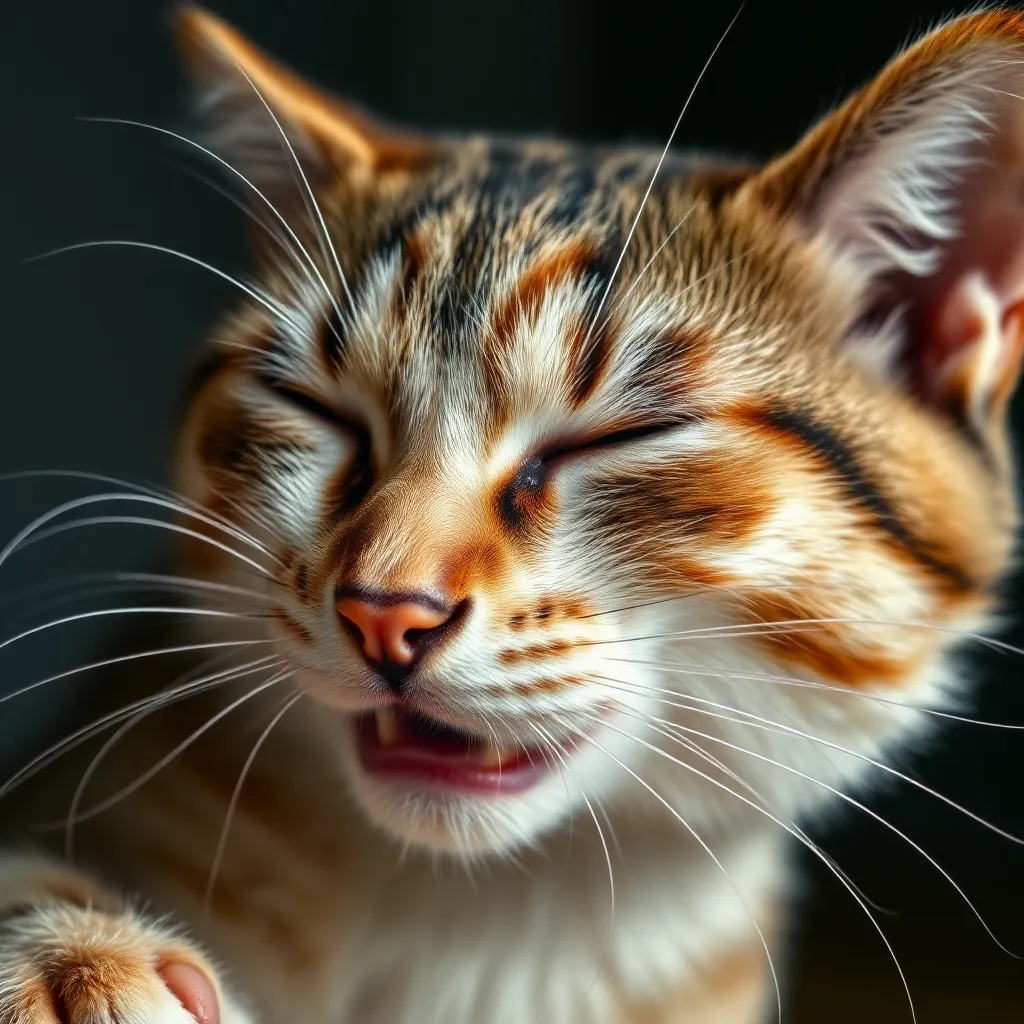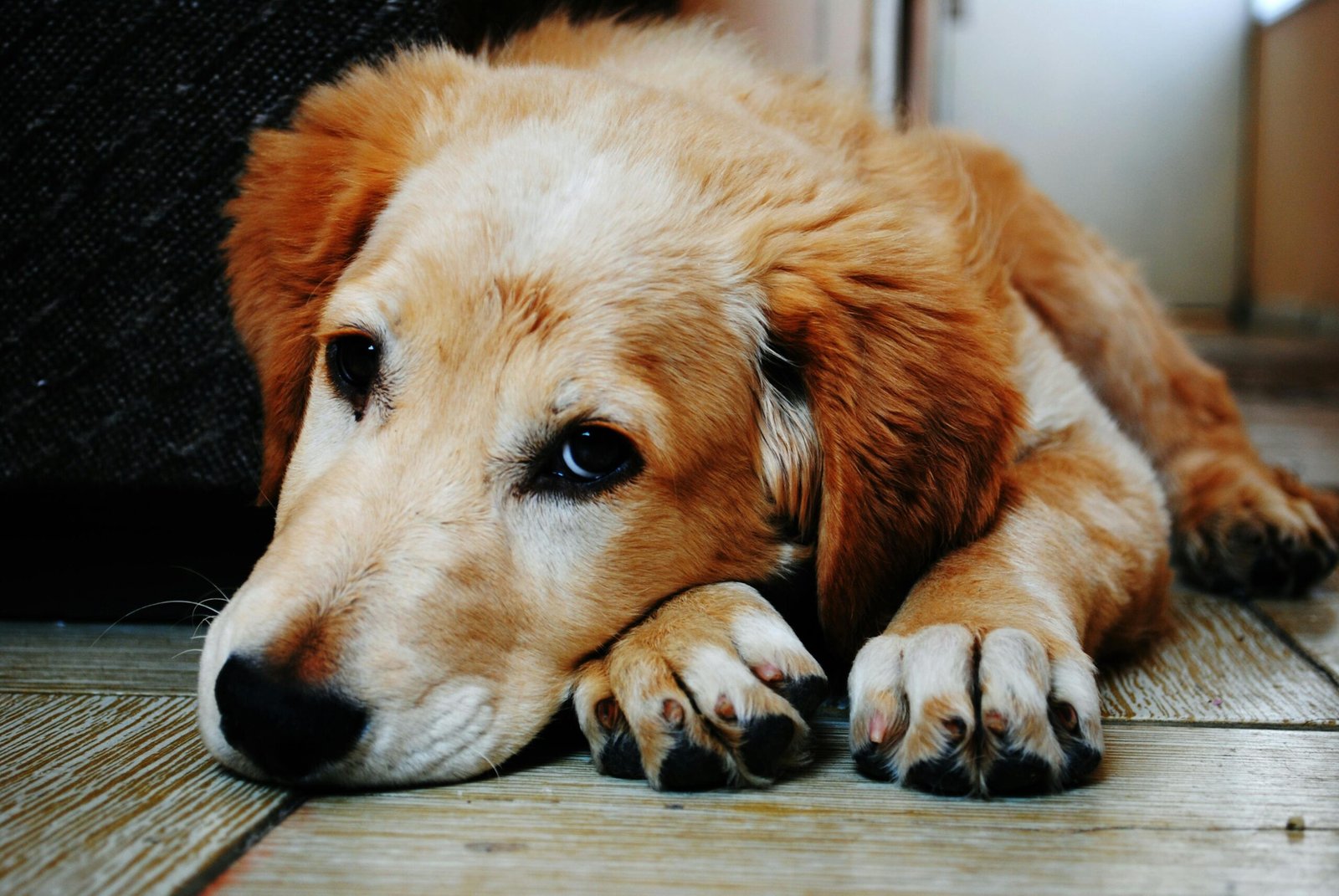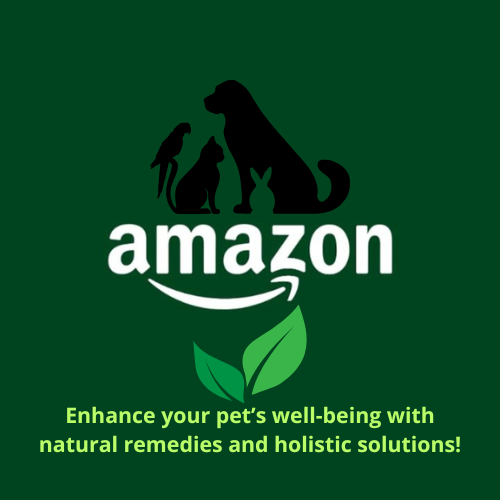Hair shedding is a natural process for all pets, but excessive pet shedding can be a real headache for pet owners. From constant fur on your clothes to the never-ending battle against hairballs, dealing with excessive shedding can be frustrating. Understanding the causes of excessive shedding and implementing effective management strategies can significantly improve your pet’s comfort and your home’s cleanliness. This comprehensive guide will explore the various factors contributing to dog fur loss and cat shedding solutions, offering practical pet grooming tips and advice on pet hair management.

Understanding the Causes of Excessive Shedding
Several factors contribute to excessive shedding in pets. These include:
- Breed: Certain breeds are naturally predisposed to shedding more than others. Long-haired breeds like Huskies and Golden Retrievers, for example, tend to shed more than short-haired breeds like Poodles or Shih Tzus. Understanding your pet’s breed characteristics is the first step in managing their shedding.
- Season: Many pets experience seasonal shedding, shedding their heavier winter coats in the spring and their lighter summer coats in the fall. This is a natural process and usually isn’t a cause for concern unless the shedding is excessive.
- Diet: A poor diet lacking essential nutrients can impact coat health and lead to increased shedding. Ensuring your pet consumes a balanced diet rich in protein, essential fatty acids (like omega-3 and omega-6), and vitamins is crucial for maintaining a healthy coat.
- Underlying Health Conditions: Excessive shedding can sometimes be a symptom of an underlying health problem, such as allergies, hormonal imbalances, parasites (like fleas or ticks), or skin infections. If you notice a sudden increase in shedding accompanied by other symptoms like itching, redness, or skin lesions, consult your veterinarian immediately.
- Stress: Stress can also contribute to increased shedding. Changes in environment, travel, or even the introduction of a new pet can trigger stress-related shedding.

Effective Pet Hair Management Strategies
Managing your pet’s shedding involves a multi-pronged approach focusing on grooming, nutrition, and addressing any underlying health concerns.
Grooming
Regular grooming is essential for controlling shedding and maintaining your pet’s coat health. This includes:
- Brushing: Regular brushing removes loose hair, preventing it from accumulating on your furniture and clothing. The frequency of brushing depends on your pet’s breed and coat type; long-haired breeds may require daily brushing, while short-haired breeds may only need brushing a few times a week.
- Bathing: Bathing your pet helps remove loose hair and dirt. Use a pet-specific shampoo and conditioner to avoid irritating their skin. Over-bathing can dry out their skin, so aim for bathing every 4-6 weeks, or as needed.
- Professional Grooming: Consider professional grooming every few months, particularly for long-haired breeds. A professional groomer can provide a thorough grooming session, including trimming, bathing, and de-shedding treatments.
Nutrition
A balanced diet plays a crucial role in maintaining a healthy coat and reducing shedding. Ensure your pet’s diet includes:
- High-quality protein: Protein is essential for hair growth and repair.
- Essential fatty acids: Omega-3 and omega-6 fatty acids promote healthy skin and coat.
- Vitamins and minerals: Vitamins like biotin and zinc are important for healthy hair growth.
Consult your veterinarian about the best diet for your pet’s breed, age, and activity level. They can recommend high-quality pet food or supplements to support healthy coat growth.

Addressing Underlying Health Concerns
If you suspect an underlying health condition is contributing to your pet’s excessive shedding, consult your veterinarian. They can perform a thorough examination, run diagnostic tests, and recommend appropriate treatment. Early diagnosis and treatment are crucial for managing underlying health issues and preventing further complications.
Frequently Asked Questions (FAQ)
Q: My dog is shedding excessively; is this normal?
A: While some shedding is normal, excessive shedding can indicate an underlying health problem or nutritional deficiency. Consult your vet if you’re concerned.
Q: What’s the best way to remove pet hair from furniture?
A: Use a lint roller, vacuum cleaner with a pet hair attachment, or a specialized pet hair remover tool.
Q: How often should I bathe my pet?
A: The frequency depends on the breed and coat type, but generally every 4-6 weeks is sufficient. Over-bathing can dry out their skin.
Q: My cat is constantly grooming and has hairballs. What can I do?
A: Provide a hairball remedy as directed by your vet. Regular brushing can also help reduce hair ingestion.
Q: What are some natural remedies for reducing pet shedding?
A: A balanced diet rich in omega-3 fatty acids and regular brushing are natural ways to improve coat health and reduce shedding. Consult your vet before using any supplements.
Buy the products shown in this post by visiting this link: https://amzn.to/3ZlyPU9

Share this content:






